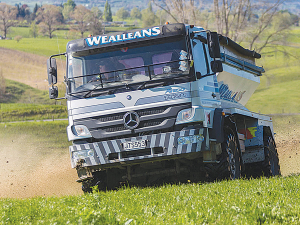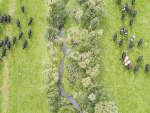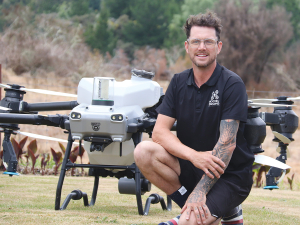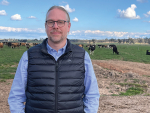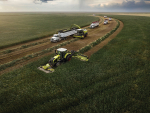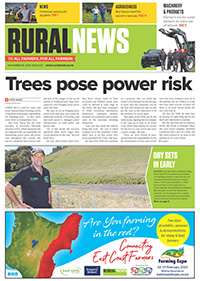OPINION: Like many of you, I’m so over the uninformed knockers of primary industries.
People who are swayed by a headline, a social media post or a slick advertising campaign, without any in-depth knowledge of why sectors within it, operate the way they do.
One area which often gets a bad rap from these faultfinders is fertiliser.
Fertiliser, like many pastoral and arable practices, grew out of necessity.
After the development of ryegrass to cope with New Zealand’s cold/wet conditions and heavy hoof traffic in the 1920s, our agricultural goal became production.
As cattle and sheep numbers grew, nutrients to aid our young soils grow grass (or crops) were needed. Aerial top dressing of phosphate revolutionising hill country farming in the 1950s led the way.
Fast forward to today and that productin target continues.
Ground spreaders write the first chapter of our pasture to plate story.
The fertilisers they lay are the foundation blocks for whatever the land is used for, pastoral or arable.
I can tell you, after attending last month’s Groundspread NZ annual gathering, that it’s an industry genuinely trying to do better for the environment, while supporting our nation’s food production.
Like precision specialists the ag contractors, who plant the perfect rows of grass seed, maize, kale, turnips and swedes we see around our nation, ground spreaders want to ensure fertiliser gets to where it needs to go, down to the last gram.
Innovative technology, using nitrogen optical sensors for variable rate applications, is helping improve the odds. The end result is more accurately applied fertiliser at lower rates, away from waterways.
Groundspread NZ also has Spreadmark, its fertiliser placement quality assurance programme.
This scheme registers spreading companies provided they have certified machinery, trained operators and appropriate quality management systems, to ensure farmer/grower expectations are met and environmental sustainability is protected.
There are current challenges and risks to the industry, mainly of the compliance kind — navigating different council plans, health and safety changes; food industry regulations rapidly increasing costs and supply chain issues.
There was the suggestion operators needed to change their thinking, from what impact cutting emissions would have globally, to what that would mean locally.
The upshot being, New Zealand could be the country, others would want to follow. That we could be the world’s leaders and I liked their attitude.
Current controls for synthetic fertiliser use are found in the Resource Management Act 1991, and in regulations introduced by the government in 2020, which limit synthetic nitrogen fertiliser use to a maximum of 190kg N/ha on pastoral farms.
I have said numerous times, the answers to our ag challenges, including fertiliser and methane, will come from the ground up, and the ground spreaders are literally at the starting line.
Like our ancestors welcoming the advent of refrigeration in the late 1800s and topdressing in the 1950s, today’s farmers and growers have already seen dramatic developments in science and technology. Many more are to come.
But just like fossil fuels will remain in use until alternative energy sources are available in numbers we can all utilise; synthetic fertilisers will stay in the food and fibre producers’ toolkit, for now.
Until then, my message to the nutrient naysayers is simple: without the primary industries, we’d starve.
Barbara Kuriger is National’s agriculture spokesperson.





